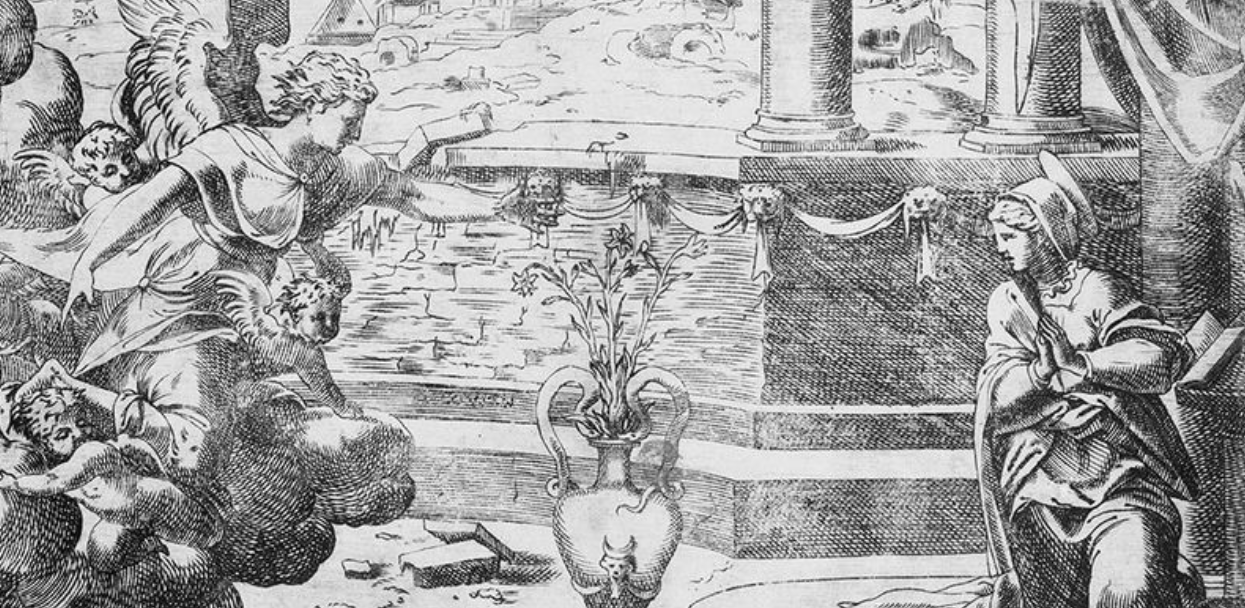
No more let sins and sorrows grow, Nor thorns infest the ground; He comes to make His blessings flow far as the curse is found.
—Isaac Watts
Jesus entered the world during a time of violence and terror as the wails of mothers whose children were murdered for political expediency surely still echoed across the nation. Government oppression and taxation bore down on those whose incomes were least able to sustain yet another power grab for money. The world seemed to teeter on the brink of war as political kingdoms were rising up against each other in ways that threatened to destroy any semblance of civilization and order.
Yet, tucked safely away in the seclusion of a stable, the cry of a newborn caused the invisible world to break into the visible; eternity stepped into time and brought with it a blend of the ordinary and supernatural in the virgin birth of Jesus Christ. Mary’s body, though supernaturally impregnated, experienced the normal pains of childbirth as the infant Jesus came into the world. It was not that Jesus was simply born (as he had no beginning). Rather, he took on flesh and became man (John 1:1-10; Philippians 2:1-10). In that stable rested the only one able to live perfectly and thus die as the divine substitute for all those who would be saved by his life, death, resurrection, and ascension.
Jesus’ appearance on this planet was nothing short of an act of war against Satan and his demonic legions. Without ambiguity, the Bible reveals that Jesus Christ lived as the second Adam (1 Corinthians 15:45) and accomplished in obedience to his Father what no other human being could have ever done. Jesus’ sinless life was the foundation for his crucifixion as the person of Jesus Christ made possible the divine work of Jesus as he bore in his body the sins of his people (1 Peter 2:24). Though John’s Gospel does not present the birth narratives of Jesus, the apostle John understands precisely the purpose of the Incarnation: “The reason the Son of God appeared was to destroy the works of the devil” (1 John 3:8). And destroy them he did!
The immediate aftermath of the death of Jesus resulted in people coming out of their graves and going into the city (Matthew 27:53). The vice grip of death had been broken and salvation had been accomplished. Bethlehem’s manger was but the first earthly experience of a man who would be known as a man of sorrows and acquainted with grief (Isaiah 53:3). His life would be known for his death as he would rise to fulfill the purpose of his birth—salvation for Adam’s ruined race.
The incarnation of Jesus reaches far as the curse of sin is found. The destruction of Satan’s work has already begun and will soon see its fulfillment as the kingdoms of this world will become the kingdoms of the Lord Jesus Christ.
Douglas E. Baker is Tenth Presbyterian Church’s current Church Administrator, having joined the team in 2018. He enjoys history, theology, and Chick-fil-A. He holds degrees from LSU, Johns Hopkins, and New Orleans Baptist Theological Seminary.
Originally posted on Tenth Presbyterian Church website on December 1, 2018. Republished by permission.